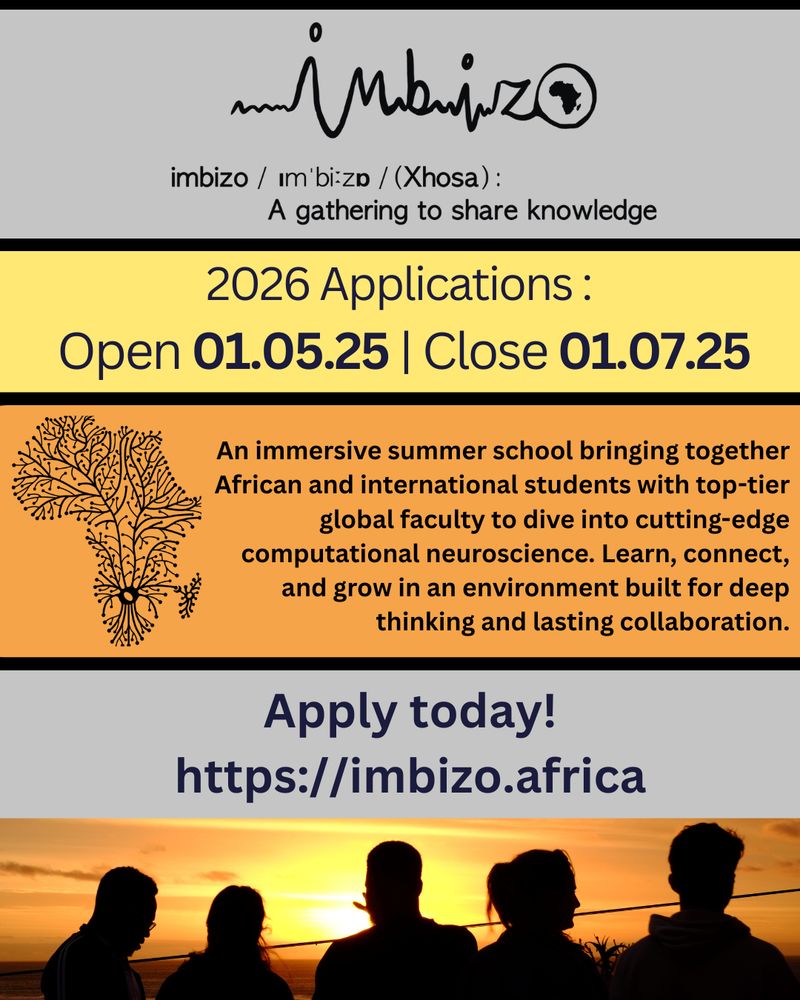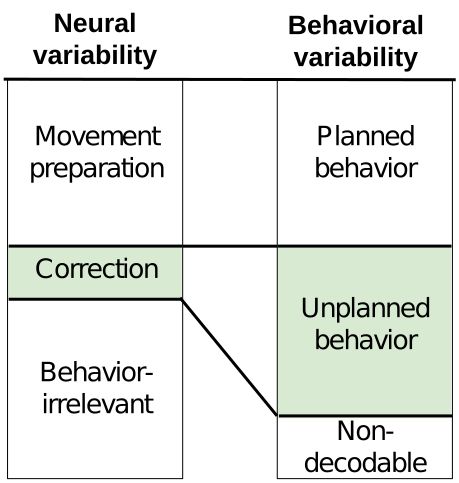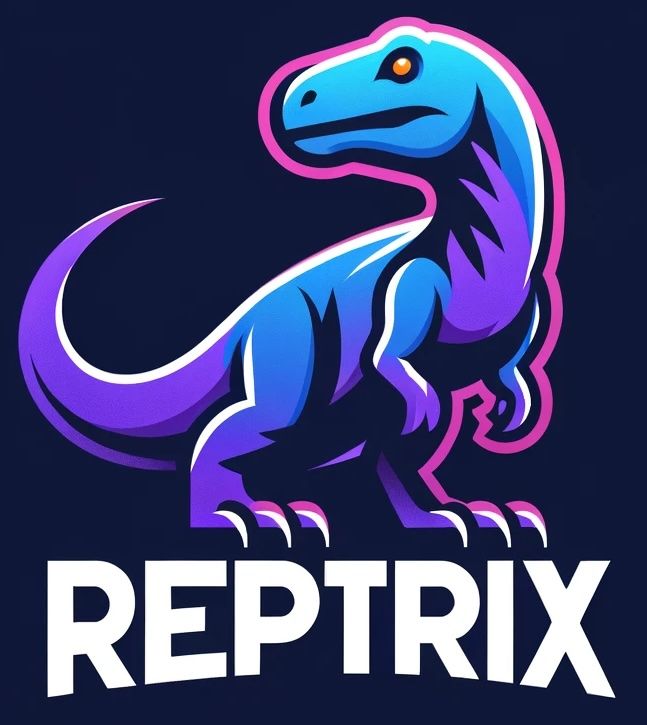🧠🤖
We propose a theory of how learning curriculum affects generalization through neural population dimensionality. Learning curriculum is a determining factor of neural dimensionality - where you start from determines where you end up.
🧠📈
A 🧵:
tinyurl.com/yr8tawj3

🧠🤖
We propose a theory of how learning curriculum affects generalization through neural population dimensionality. Learning curriculum is a determining factor of neural dimensionality - where you start from determines where you end up.
🧠📈
A 🧵:
tinyurl.com/yr8tawj3
💻🧬 3 weeks of intense coursework & projects with support from expert tutors and faculty
📈Apply until July 1st!
🔗https://imbizo.africa/

💻🧬 3 weeks of intense coursework & projects with support from expert tutors and faculty
📈Apply until July 1st!
🔗https://imbizo.africa/
More info and apply: imbizo.africa/apply/
#Imbizo2026 #CompNeuro


More info and apply: imbizo.africa/apply/
#Imbizo2026 #CompNeuro
Our new paper explores this: elifesciences.org/reviewed-pre...
Our new paper explores this: elifesciences.org/reviewed-pre...

🦖Introducing Reptrix, a #Python library to evaluate representation quality metrics for neural nets: github.com/BARL-SSL/rep...
🧵👇[1/6]
#DeepLearning

🦖Introducing Reptrix, a #Python library to evaluate representation quality metrics for neural nets: github.com/BARL-SSL/rep...
🧵👇[1/6]
#DeepLearning

Feel free to drop by! The related pre-print is also out:
www.biorxiv.org/content/10.1...

Feel free to drop by! The related pre-print is also out:
www.biorxiv.org/content/10.1...
Training time: Weeks
Dataset size: Millions of images
Compute costs: 💸💸💸
Our #NeurIPS2024 poster makes SSL pipelines 2x faster and achieves similar accuracy at 50% pretraining cost! 💪🏼✨
🧵 1/8

Training time: Weeks
Dataset size: Millions of images
Compute costs: 💸💸💸
Our #NeurIPS2024 poster makes SSL pipelines 2x faster and achieves similar accuracy at 50% pretraining cost! 💪🏼✨
🧵 1/8



